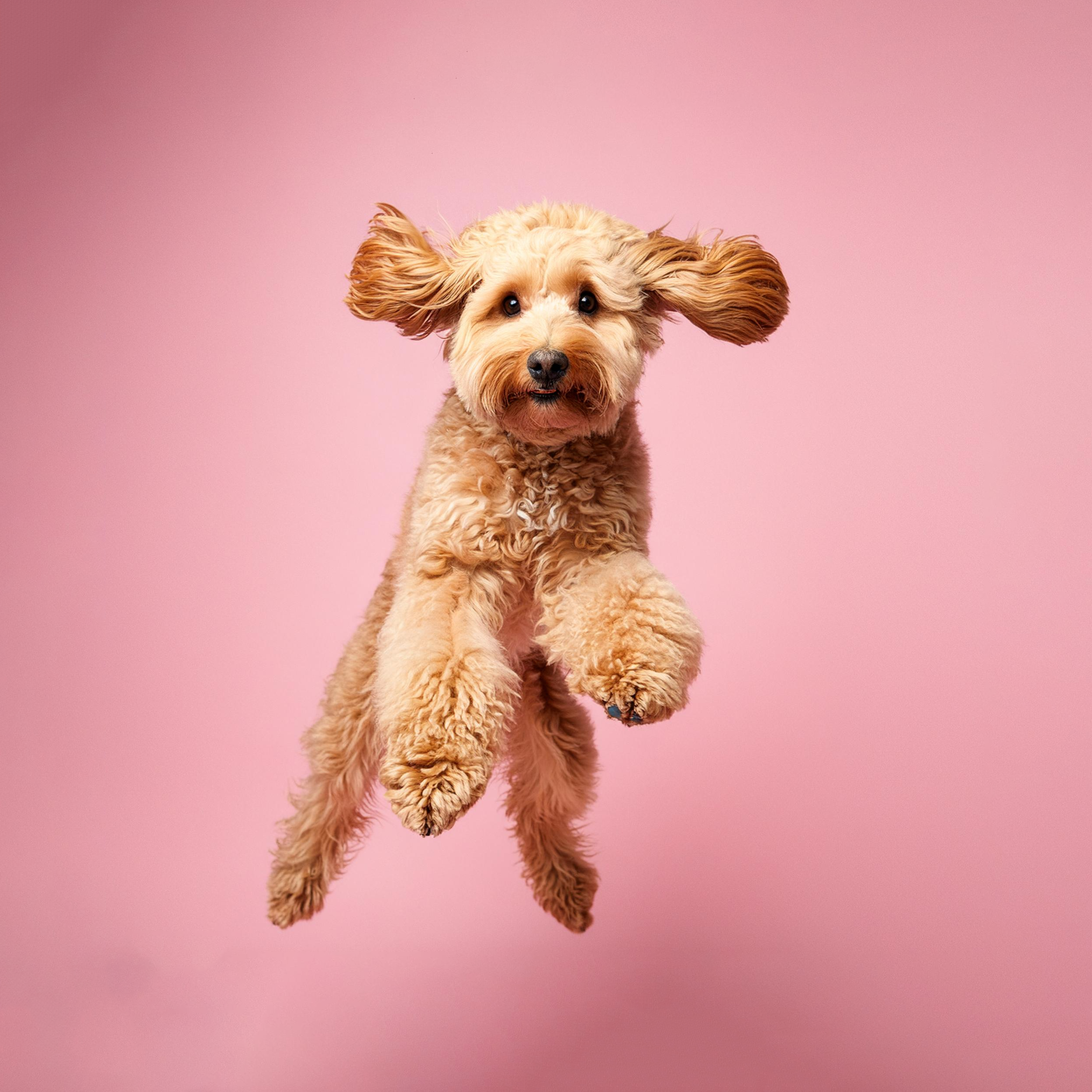Hip and Elbow Dysplasia
Hip dysplasia refers to the incompatibility of the ball of the hip and the pelvic joint. The disease often causes lameness and difficulty in movement. Unlike hip dysplasia which is often hereditary, elbow dysplasia occurs due to improper development of the elbow during puppyhood.
If you notice a swollen limb or discomfort related to the movement, visit the veterinarian immediately. The specialist’s knowledge and experience will greatly simplify the treatment process.
Glaucoma
Glaucoma causes increased intraocular pressure and damage to the optic nerve. In the initial stages, the vision of companion animals deteriorates slightly, however, over time, it may lead to incurable blindness.
Although it’s hard to prevent the disease, regular veterinary check-ups can help to detect the disease early and guide the treatment process effectively. A diet rich in antioxidants and omega-3 fatty acids will significantly improve the eye health of your important family member.
Progressive Retinal Atrophy
Progressive atrophy leads to gradual degeneration of the retina and loss of vision. The disease is passed on to companion animals by inheritance. Regular eye exams and a diet rich in antioxidants might help maintain retinal soundness. Before deciding on having a companion animal, carefully research their genetics and make sure that your future companion does not have a genetic predisposition to vision problems.
Ichthyosis
Ichthyosis is a hereditary disease that causes the skin to be covered with scales and cornified. The cause of the disease is unfamiliar, however, people with appropriate qualifications consider vitamin A deficiency to be a provoking factor for its development.
Several forms of ichthyosis are distinguished from each other. However, as usual, the symptoms of the disease include dry skin, peeling, and the resulting infections. To effectively manage the disease, close cooperation with the veterinarian and the use of special hygiene products are necessary.
Bloating
Bloating is a harmless problem for humans, however, the condition can be fatal in dogs. To prevent the problem, it’s important to pay attention to symptoms such as vomiting, a full stomach, or excessive salivation. As soon as any symptoms appear, it’s advisable to contact your veterinarian immediately.
To avoid bloat, divide your faithful companion’s daily ration into at least two meals and give preference to special bowls with a raised center. You can buy them at any pet store near your home.
Addison’s Disease
Addison’s disease occurs when the adrenal glands don’t produce enough cortisol. Addison’s disease is characterized by loss of appetite and fur loss. To manage the symptoms caused by the disease and improve the quality of life, veterinarians often use hormone therapy.
Hereditary Cataract
Cataracts cause a gradual deterioration of the companion animal’s vision. At this time, the crystal, which is transparent in a healthy eye, acquires a grayish or milky color.
Congenital cataracts are usually caused by an infectious disease or birth trauma during pregnancy. As a competent parent, remember that regular veterinary check-ups and protecting your companion animal’s eyes from the harmful effects of the sun are prerequisites for effective disease management.

